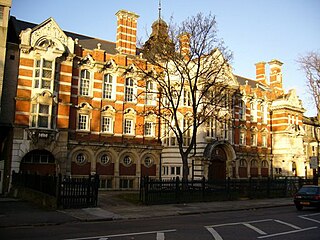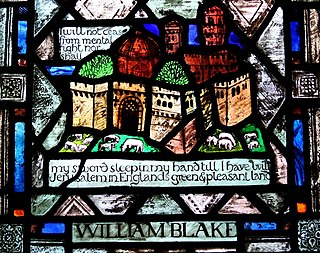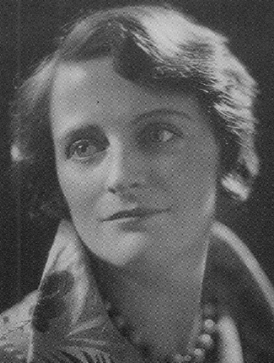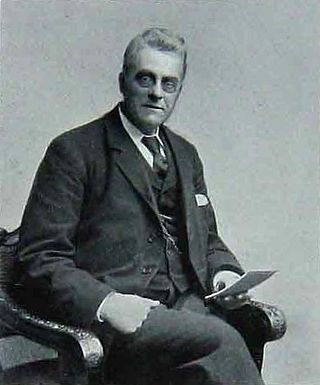
Camberwell College of Arts is a constituent college of the University of the Arts London, a public art and design university in London, England. The college offers further and higher education programmes, including postgraduate and PhD awards. The college has retained single degree options within Fine Art, offering specialist Bachelor of Arts courses in painting, sculpture, photography and drawing. It also runs graduate and postgraduate courses in fine art as well as design courses such as graphic design, illustration and 3D design. It has been ranked as the top British art school by The Times.

Anni Albers was a German-Jewish visual artist and printmaker. A leading textile artist of the 20th century, she is credited with blurring the lines between traditional craft and art. Born in Berlin in 1899, Fleischmann initially studied under impressionist painter Martin Brandenburg from 1916 to 1919 and briefly attended the Kunstgewerbeschule in Hamburg in 1919. She later enrolled at the Bauhaus, an avant-garde art and architecture school founded by Walter Gropius in Weimar in 1922, where she began exploring weaving after facing restrictions in other disciplines due to gender biases at the institution.

Sheila Hicks is an American artist. She is known for her innovative and experimental weavings and sculptural textile art that incorporate distinctive colors, natural materials, and personal narratives.

Marianne Straub OBE was one of the leading commercial designers of textiles in Britain in the period from the 1940s to 1960s. She said her overriding aim was: "to design things which people could afford. ... To remain a handweaver did not seem satisfactory in this age of mass-production".

Edward McKnight Kauffer was an American artist and graphic designer who lived for much of his life in the United Kingdom. He worked mainly in poster art, but was also active as a painter, book illustrator and theatre designer.

Norwich City Hall is an Art Deco building completed in 1938 which houses the city hall for the city of Norwich in Norfolk, England. It is one of the Norwich 12, a collection of twelve heritage buildings in Norwich deemed of particular historical and cultural importance. It was designated as a Grade II* listed building in 1971.

John Farleigh CBE, also known as Frederick William Charles Farleigh, was an English wood-engraver, noted for his illustrations of George Bernard Shaw's work The Adventures of the Black Girl in Her Search for God, which caused controversy when released due to the religious, sexual and racial themes within the writing and John Farleigh's complementary wood engravings commissioned by Shaw for the book. He is also known for his illustrations of D. H. Lawrence's work, The Man Who Died, and for the posters he designed for London County Council Tramways and London Transport. He was also a painter, lithographer, author and art tutor.

Enid Crystal Dorothy Marx, RDI, was an English painter and designer, best known for her industrial textile designs for the London Transport Board and the Utility furniture Scheme. Marx was the first female engraver to be designated as a Royal Designer for Industry.
Mary Merlin Kessell was a British figurative painter, illustrator, designer and war artist. Born in London, she studied at the Clapham School of Art, then later at the Central School of Arts and Crafts. At the end of the Second World War, she was commissioned to work in Germany as an official British war artist; one of only three women selected. She spent six weeks in Germany, travelling to the recently liberated Bergen-Belsen concentration camp as well as other major cities including Berlin. She produced charcoal drawings of refugees, primarily of women and children which she subsequently sold to the War Artists Advisory Committee. After the war Kessell collaborated with the Needlework Development Scheme, NDS, to produce experimental designs for machine and hand embroidery as well as working for Shell as a designer. She later returned to the Central School to teach at the School of Silversmithing and Jewellery alongside the painter Richard Hamilton.
Margaret Casson, Lady Casson was an architect, designer and photographer, and the wife of the architect Hugh Casson.

Caroline Charlotte Townshend (1878–1944) was a British stained glass artist of the Arts and Crafts Movement. She trained at Slade School of Fine Art and Central School of Arts and Crafts before becoming a pupil of Christopher Whall. She designed and made many stained glass windows, particularly for churches and cathedrals and set up the stained glass firm of Townshend and Howson in 1920 with her student and apprentice, Joan Howson. They used a dual signature for their completed works.
Dora Margaret Batty was a British designer, working in illustration, poster design, pottery and textiles.

Marianne Strengell was an influential Finnish-American Modernist textile designer in the twentieth century. Strengell was a professor at Cranbrook Academy of Art from 1937 to 1942, and she served as department head from 1942 to 1962. She was able to translate hand-woven patterns for mechanized production, and pioneered the use of synthetic fibers.
Margaret May Giles was a British painter, sculptor, and medallist. She was a member of the Society of Medallists and exhibited at their first exhibition in 1898 which was held at the Dutch Gallery in London, where her piece "Two Medals" was favorably critiqued.

Betty Joel was a British furniture, textile and interior designer, active in England from c. 1921 until 1937. Her work was featured in The Studio, the illustrated fine arts and decorative arts magazine, from 1927 to 1937. Examples of her work can be seen in the Victoria & Albert Museum, London and the Geffrye Museum, London.

Penry Powell Palfrey was a British stained glass designer and painter in watercolour of horses and coaching scenes.

Dorothy Hutton was an English painter, scribe and printmaker. She was particularly renowned as a calligrapher and most widely known for her London Transport posters.
Lilian Margery Dring was a British artist known for her paintings, poster designs and textile designs. needlework and embroidery work.
Arnrid Banniza Johnston was a Swedish sculptor and illustrator, who spent the majority of her life and career in Britain.
Heather "Herry" Perry was a graphic artist, illustrator, and printmaker best known for her prolific design work for Transport for London and London Underground throughout the 1920s and 1930s.














